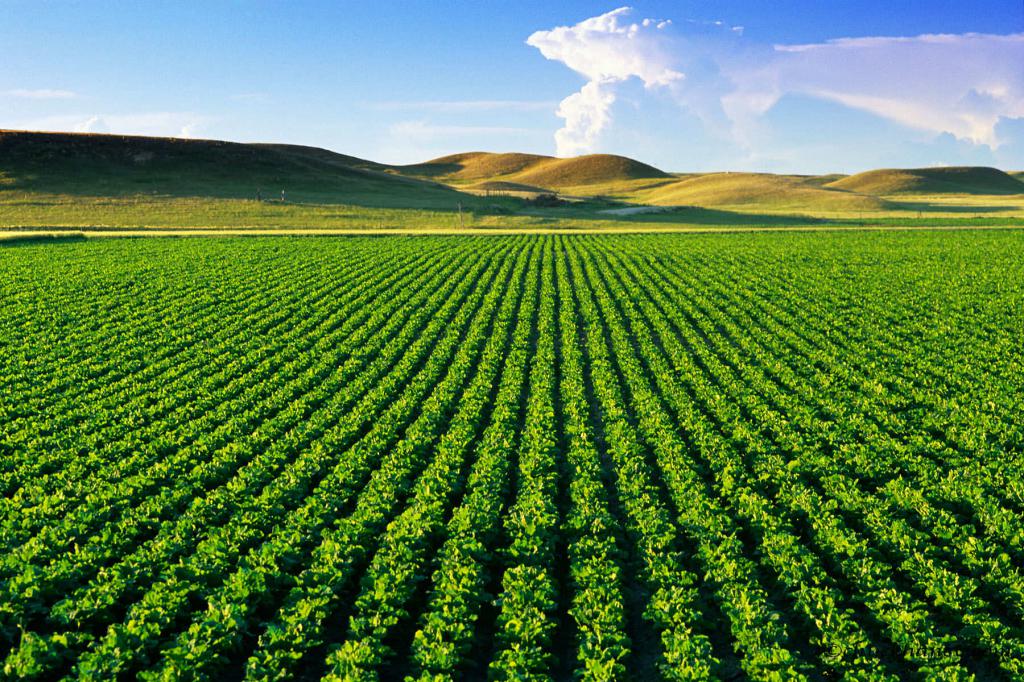Agricultural land is land that is not part of cities and other settlements intended for agricultural work. The use of such lands is under strict state control.
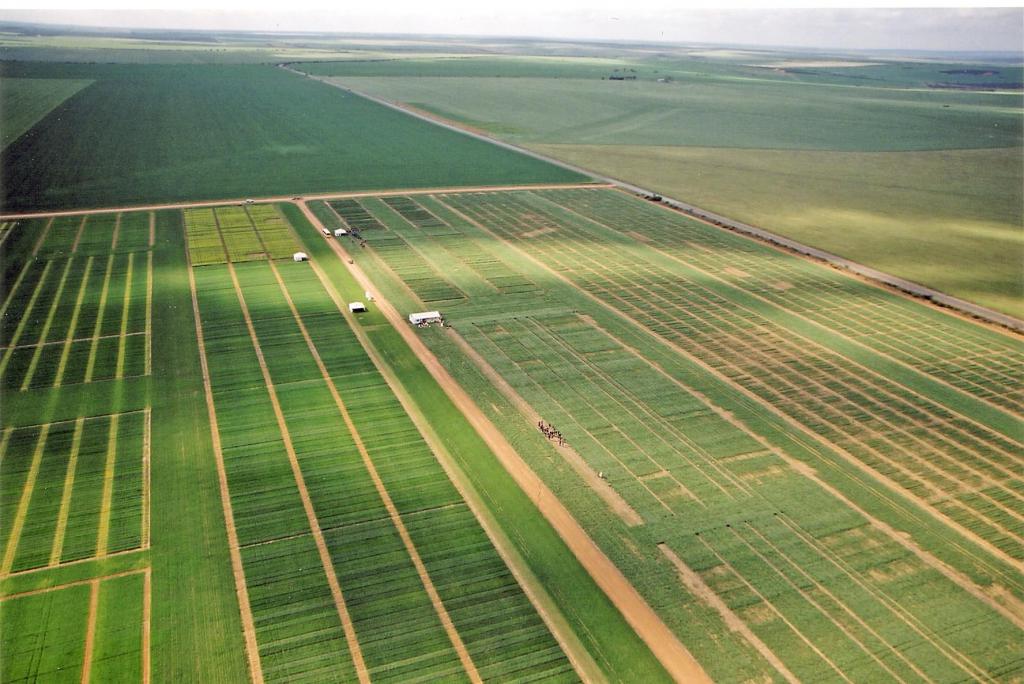
Types of agricultural land
Agricultural lands vary in quality and method of use. Here are the main types:
-
Arable land - areas that are subject to regular cultivation, sowing and harvesting.
- Pairs - cultivated but not sown arable land. This is done in order to increase the fertile properties of land.
-
Haymaking - plots intended for mowing grass on hay for animal feed.
-
Pastures are areas where grazing cattle and other domestic animals are grazed.
-
Deposits are areas that have not been used for sowing and plowing for several years.
-
Perennial plantings - areas that are used for planting perennial plants (grasses, trees, shrubs) that regularly yield crops.
The structure of agricultural land also includes forests. Also included in the composition are ravines, swamps and beams, which are not used for agricultural purposes, but could potentially be transferred to the corresponding category.

Appointment
According to the purpose of agricultural land in the agricultural sector, they can be divided into two key types:
- Designed for growing crops and grazing.
- Designed to accommodate roads and other communications. On such lands, it is permissible to place buildings and structures, warehouses, ponds and other objects serving agricultural production.
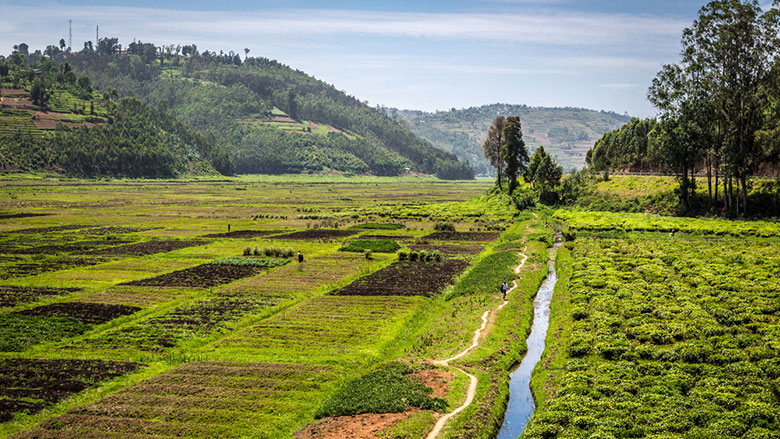
Using
In 2015, the Russian Federation approved a classifier that defines the direction of use of agricultural land. They can be operated for such purposes:
- agricultural activities of enterprises;
- farm activities;
- growing vegetables and fruits;
- organization of summer partnerships;
- livestock and fish farming;
- research activities related to the identification of problems and the search for ways to improve land quality.
Features
Agricultural land is a special category of land that has a number of significant features. Here are the main ones:
- Fertile lands are under state protection as a natural asset and an important strategic resource.
- It can be used only for agricultural purposes. Misuse is punishable by law.
- Land with a high cadastral value cannot be transferred to other categories not related to agriculture.
- In agricultural areas under state protection, the construction of any buildings is prohibited.
- All land included in the agricultural land, have a certain benefit for the agricultural industry.
- The most valuable and effective (as well as expensive to maintain) are arable land.
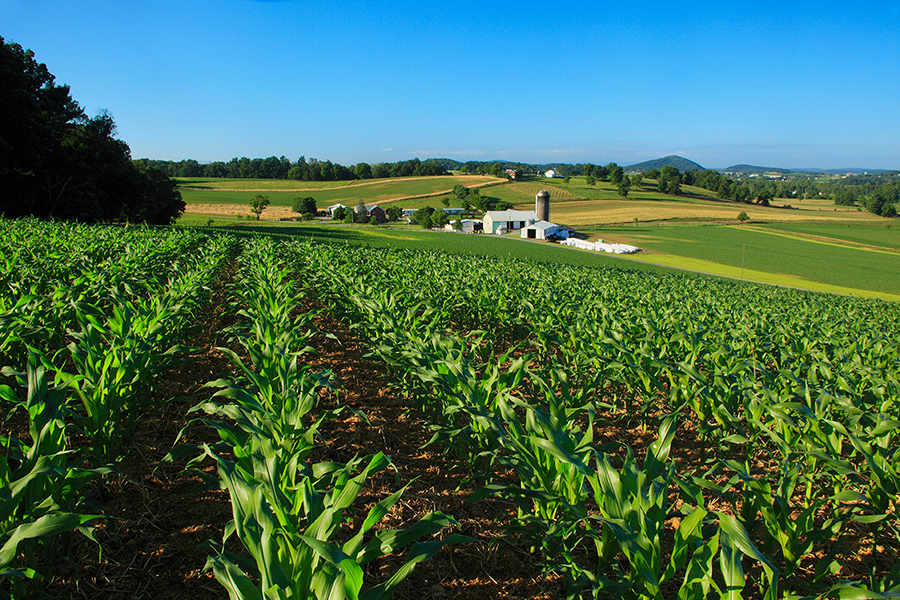
Cadastral valuation
The cadastral valuation of agricultural land is carried out in order to determine the value of land, as well as to justify the tax rate, rent and other costs associated with the operation of the site.
The object of the cadastral valuation is the territory that is part of the agricultural complex (country, region, district, and so on).
Reward
The bonitet point is a characteristic of agricultural land that determines the quality of soils in the bonitet points, which are relative units. When scoring, experts establish to what extent the soil in this area is better or worse than the other in fertility. Moreover, such a comparison is possible only at comparable levels of applied agricultural technology.
The main purpose of the appraisal is to identify the lands that are most suitable for cultivating or growing certain crops. Also, this technique is used when planning agricultural production and identifying the level of profitability of land. The bonitet score is affected by the concentration of humus, the grain-size formula, clay content, soil acidity, erosion, rockiness and other indicators.

Redistribution fund
Agricultural land is an important category of land, which is under the strict control of state bodies. In particular, it is worth paying attention to such a concept as a redistribution fund. This is a database of agricultural holdings that are temporarily not used for their intended purpose.
The main function of the redistribution fund is the formation of a database of unused agricultural land. The goal is the transfer of land for intended use on certain conditions. This is important in terms of preventing prolonged land downtime, because it is economically disadvantageous.
The site may fall into the redistribution fund for the following reasons:
- voluntary refusal of the owner to use the land;
- absence of heirs after the death of the owner of the site;
- forced seizure of land by state authorities in case of misuse or other offenses.
Ownership of agricultural land
Agricultural land is land that is intended for agricultural use. The following entities can get them into ownership:
- individuals
- legal entities (agricultural enterprises, country cooperatives, farms).
The owners of agricultural land can not become foreigners and stateless persons. The priority right to receive a land plot is owned by the municipal authorities.
The owner of the land allotment has the right to perform such operations with him:
- inherit the plot;
- lease land (subject to intended use);
- sell land;
- transfer the plot on a donation basis;
- transfer the plot as a deposit.
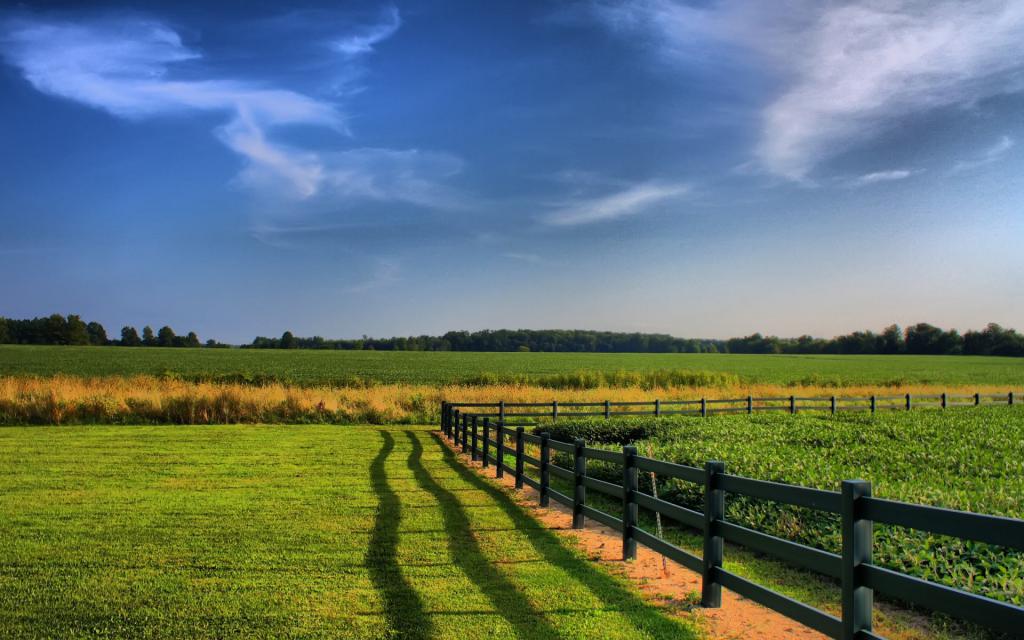
Agricultural land of Russia
One of the main national wealth of Russia is fertile land, which allows the production of environmentally friendly agricultural products with the prospect of leadership in the global market. In terms of agricultural land, the Russian Federation takes fifth place in the world. The state accounts for 12% of all arable land in the world (0.8 ha per capita). Also, Russia has 50% of the world stock of black soil. About 10% of Russia's population is engaged in agriculture.
Agricultural land is the sum of the land allotted for arable land, pastures and perennial plantings. The indicator is determined by measuring plots, as well as interviewing owners and members of farms. This figure in the Russian Federation is 220.7 million ha, of which about 70% is arable land, which is considered not a very rational approach.
Agricultural lands of other countries
For each country, agriculture is one of the most important industries in any country. In different regions of the world regarding land there is such a situation:
- European countries are characterized by a high level of plowing of agricultural land (about 30%). This is due to intensive agricultural production associated with growing population density and favorable climatic conditions.European countries account for 10% of the world's agricultural land.
- On average in Asia, the plowing coefficient is 15%. But the indicator cannot be considered in a generalized form, because the situation in the region is heterogeneous. So, in India, the coefficient is 80%, while in Saudi Arabia it barely reaches 1%. Asia accounts for 30% of the world's agricultural land.
- In North America, the open rate is 20%. This region accounts for 15% of the world's agricultural land.
- The lands of Latin America are plowed by 7%. This is due to the extreme climate.
- The plowed land in Africa is 7%. This region accounts for 20% of the world's agricultural land. But their productivity is very low.
- In Australia, land plowing barely reaches 6%. In world agriculture, land occupies only 5%. This is due to the arid climate and the poor chemical composition of soils. The main emphasis is on forage land.
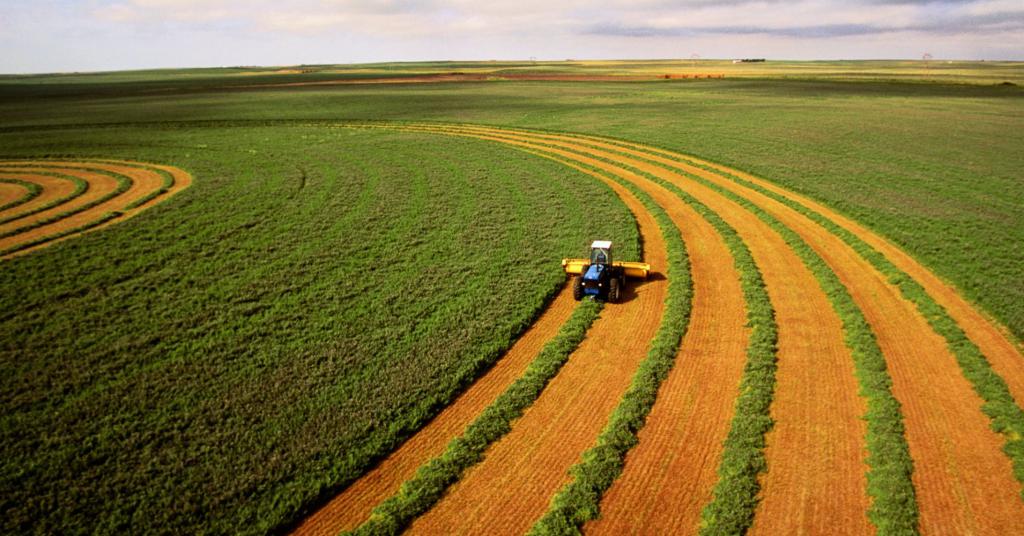
Land degradation
The share of agricultural land in the future may decrease due to the intensive deterioration of land quality. This is caused by such key factors:
- Irrational, depleting and consumer land use. Due to the fact that agricultural production is carried out with violations of technology and environmental requirements, the land undergoes degradation and lose its fertile properties. The practice of reclamation of disturbed lands is almost completely absent.
- Wind and water erosion. This problem is typical for 70% of arable land in the Russian Federation. The fertile layer is destroyed very quickly, and recovery is extremely slow (2.5 cm in 500 years).
- Waterlogging, flooding and flooding of land. This problem is typical for 12% of the country's agricultural land. Waterlogging is characteristic of the Northwest, Ural, Central, Volga, Southern, Far Eastern and Siberian regions.
- Desertification of land. This is salinization, solonetz, which makes it impossible to grow crops. The problem is typical for the Volga, Siberian and Southern regions.
- Dehumification of soils. We are talking about a sharp decrease in the concentration of nutrients, which may be associated with intensive use of soils, cessation of fertilizer application, and ignoring soil protection measures.
- Chemical pollution and waste litter. The problem is associated with excessive chemical fertilizers, proximity to industrial enterprises or unauthorized organization of landfills.
